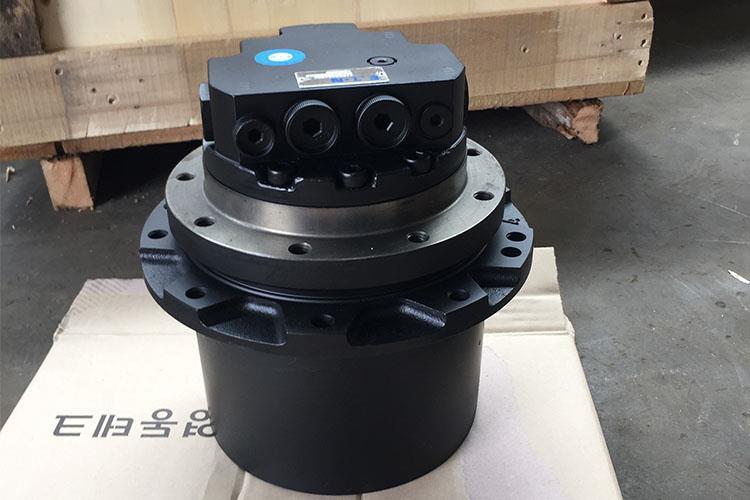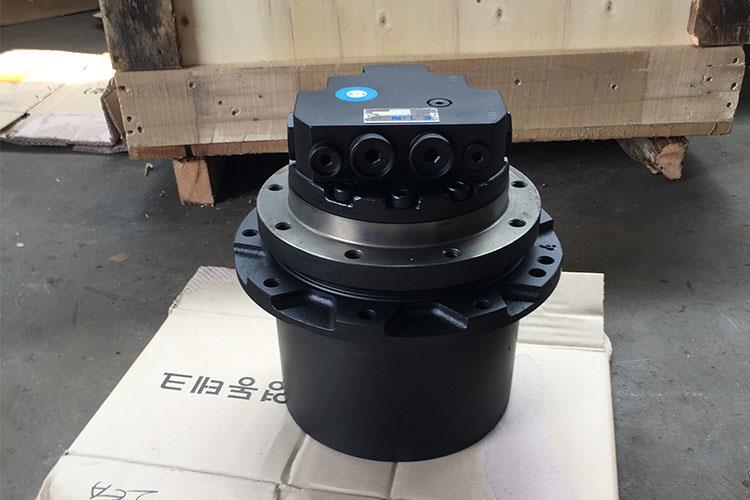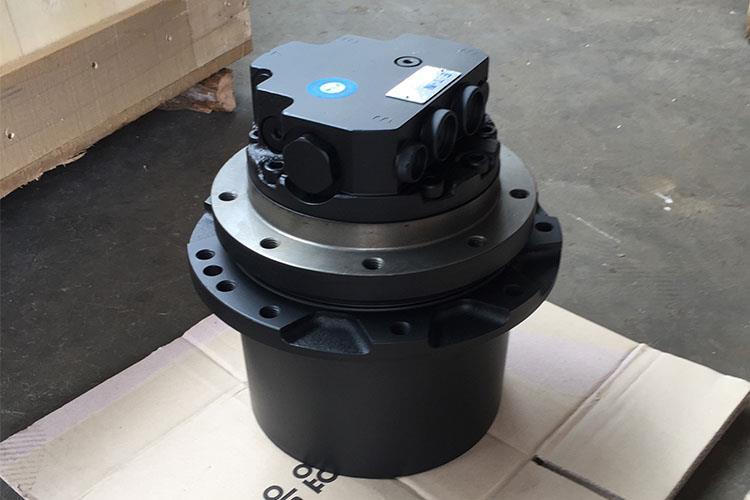How to do "foot therapy" for walking parts of excavator
If the excavator is compared to a person, then the walking parts of the excavator are equivalent to human legs. Therefore, the walking parts of excavator are very important original parts, which need careful maintenance to ensure its good work. Many excavator owners have a misunderstanding in their understanding: "Hydraulic excavators are mainly used for excavation operations, rarely for long-distance walking, do not need to maintain its lower walking body".
But when the lower part of the walking body fails, it will cost a lot of repair costs. What's more, it will cause considerable downtime. In order to reduce the operation loss and repair cost caused by shutdown, attention should be paid to the maintenance and inspection of the lower walking body.

Is the bolt loose?
Can the chain wheel and the supporting wheel not rotate?
Are there any oil leaks in the supporting sprockets, supporting wheels and driving wheels?
If the above abnormal state is neglected, serious accidents will eventually occur. If the relevant parts are damaged due to bolt breakage and the supporting sprocket or supporting wheel is worn off, the maintenance cost will be greatly increased. The crawler tension should be adjusted according to the soil quality, and the soil quality of different construction sites will be different. Track tension should be adjusted according to soil quality to prolong the service life of the machine.
When the soil is soft, it is easy to adhere to soil on the track and rail link. Therefore, the track should be adjusted a little looser to prevent abnormal stress on the rail link caused by soil adhesion.
In the construction site with pebbles, the track should be adjusted a little looser, so that when walking on the pebbles, the bending of the track board can be avoided.
The track needs to be tightened slightly when the ground is firm and flat.

If the track is stretched too tightly, the walking speed and power will decrease. This will not only lead to a decrease in operating efficiency, but also cause abnormal wear and tear due to excessive friction on pins and bushes.
On the contrary, if the crawler is too loose, the crawler loosely sits on the driving wheel and the bracket sprocket, resulting in greater wear or damage. Moreover, when the loose track sags too much, it may come into contact with the rack and damage the rack. In this way, even the strengthened lower walking body, if not correctly adjusted, will lead to accidents.

Maintenance methods to reduce wear and tear:
Bracket sprockets, supporting wheels, driving wheels and rail chains will be worn to a certain extent in the long running process. However, according to the implementation of routine inspection or not, there will be a large difference. Therefore, as long as it takes a little time to maintain properly, its wear can be well controlled.
If some supporting sprockets and supporting wheels continue to be used when they are unable to operate, it may lead to wheel grinding deviation, but also may cause rail chain wear. If you find a roller that can't work, it needs to be repaired immediately! In this way, other failures can be avoided.
If walking repeatedly on the inclined ground for a long time and steering suddenly, the side of the rail chain segment will contact the side of the driving wheel and the guide wheel, thus increasing the wear degree.
Therefore, walking and sudden turning should be avoided as far as possible in inclined zones. Linear travel and large turning can prevent wear and tear well. Bolts and nuts should be carefully checked when the machine works for a long time. The vibration of the machine will lead to loosening of the bolts and nuts.
Especially the bolts and nuts on the lower walking body are easily affected. If the crawler plate bolt is loosened and the machine continues to run, the gap between the bolt and the crawler plate will be generated, which will lead to the crack of the crawler plate.
Moreover, the gap may also increase the bolt holes between the track and the rail chain, resulting in the serious consequences of the failure to tighten and the need to replace the track and rail chain joints.
Therefore, bolts and nuts should be regularly inspected and tightened to reduce unnecessary costs. The following parts should be inspected and tightened:
_Crawler plate bolts;
Installation bolts for supporting wheels and chain sprockets;
Installation bolt of driving wheel;
Walking pipe bolts, etc.
In order to facilitate the maintenance of the machine, various necessary technologies should also be used to inspect the parts that do not need to be maintained. For example, the floating oil seal is used on the supporting wheel, the supporting sprocket wheel and the driving wheel to meet the working requirements of these components.
Usually, such components do not need to be refueled, but because they are only injected with a small amount of oil when they leave the factory, in case of oil leakage, there will also be wear and tear at the shaft and bearing parts, and in serious cases, there may be shaft fracture. Therefore, in the daily inspection, these parts should also be checked to confirm whether there is oil leakage.
Regular sweeping of the lower walking body is crucial. Attention should be paid to the inspection of the lower walking body which supports the weight of the excavator and plays a huge role!

